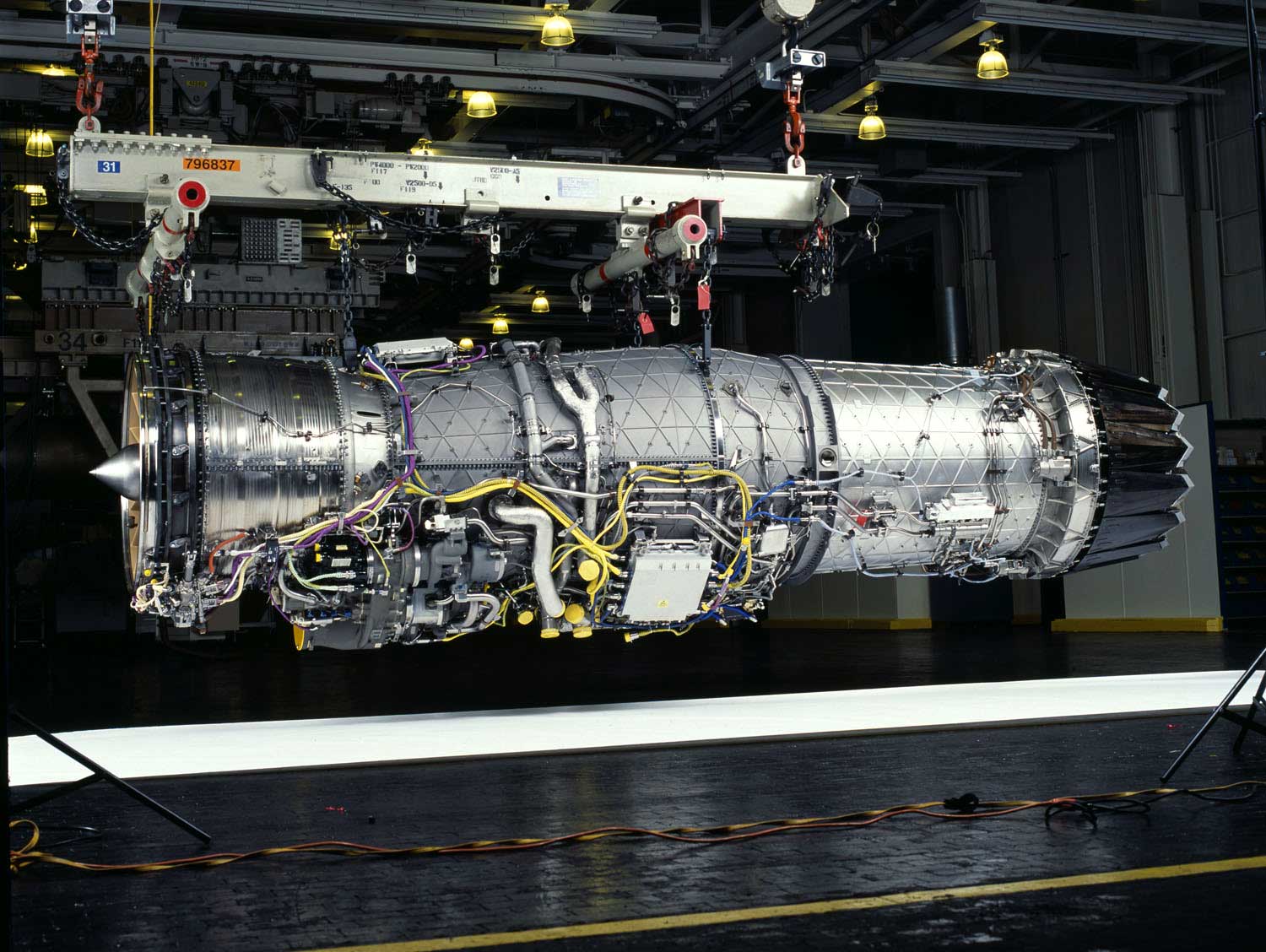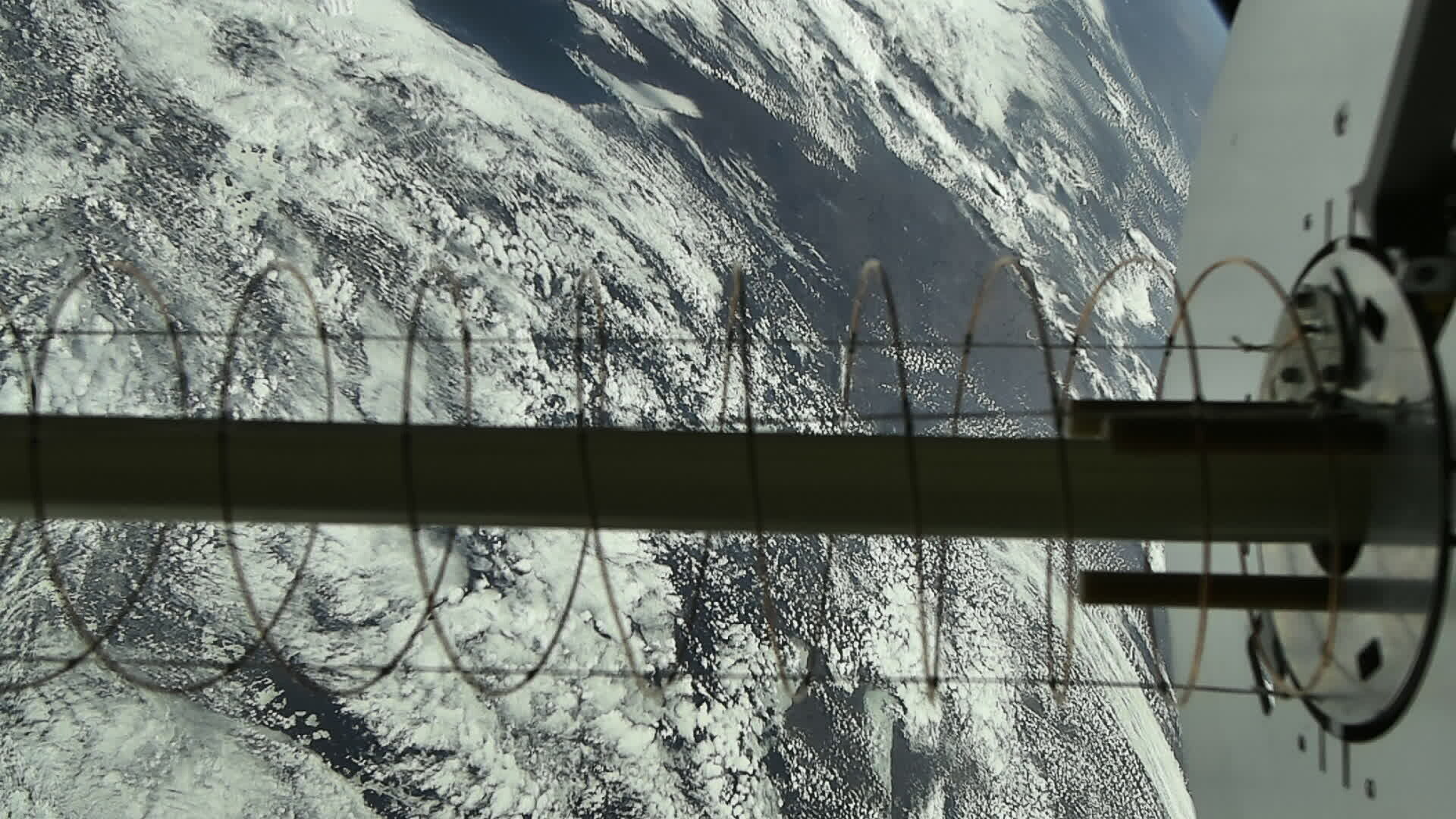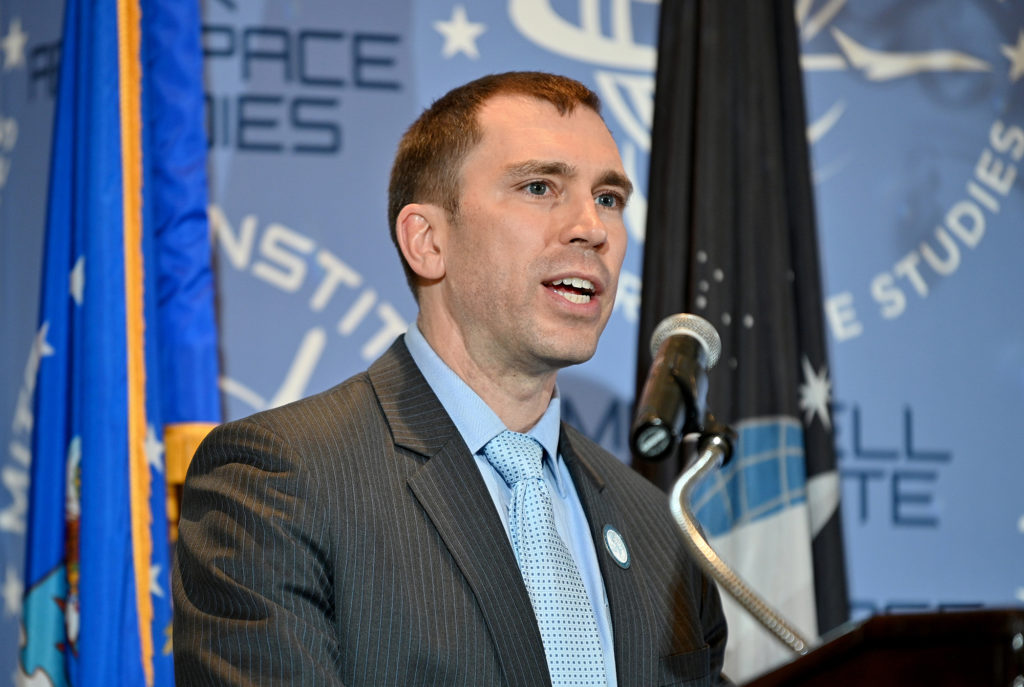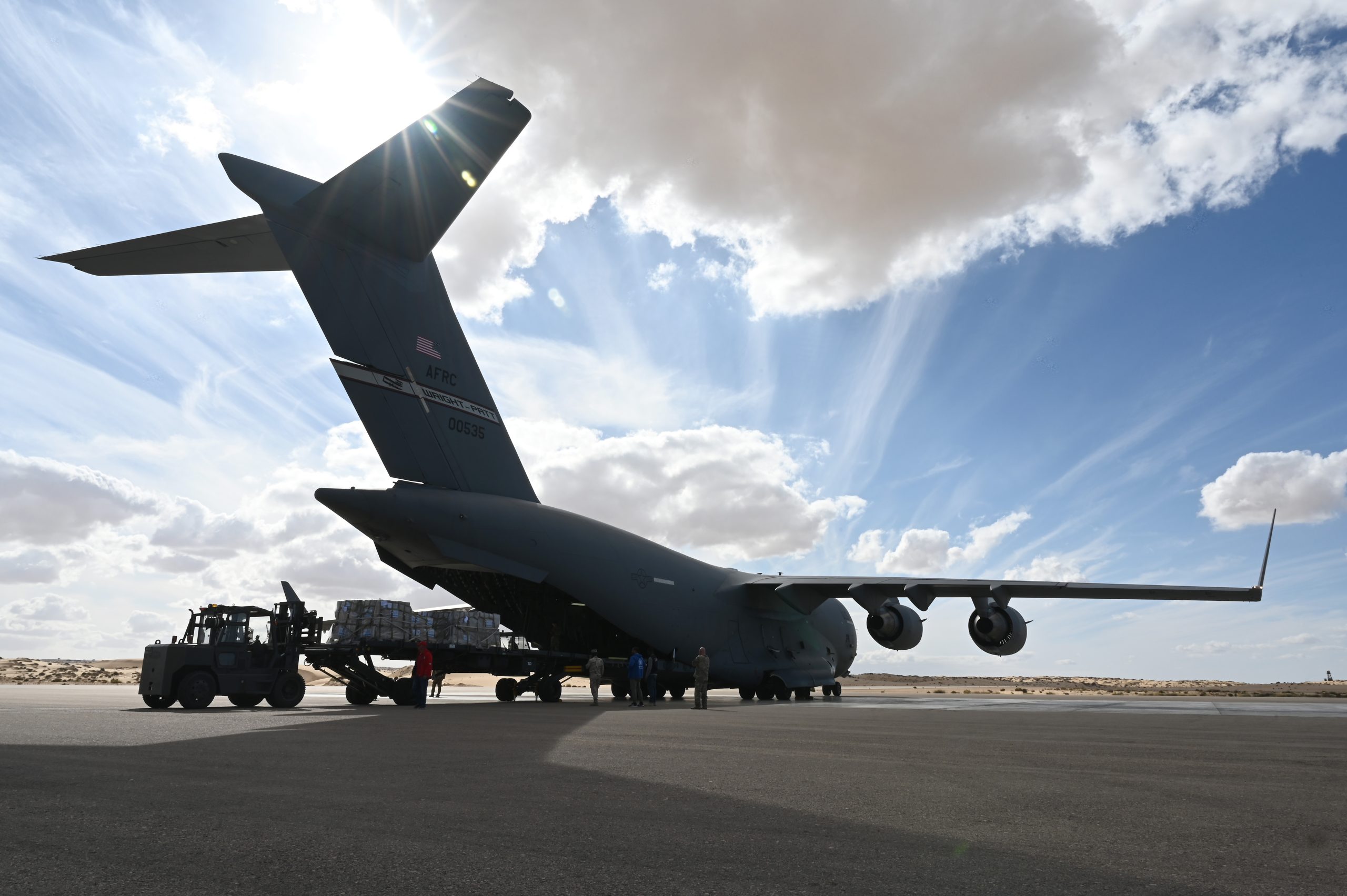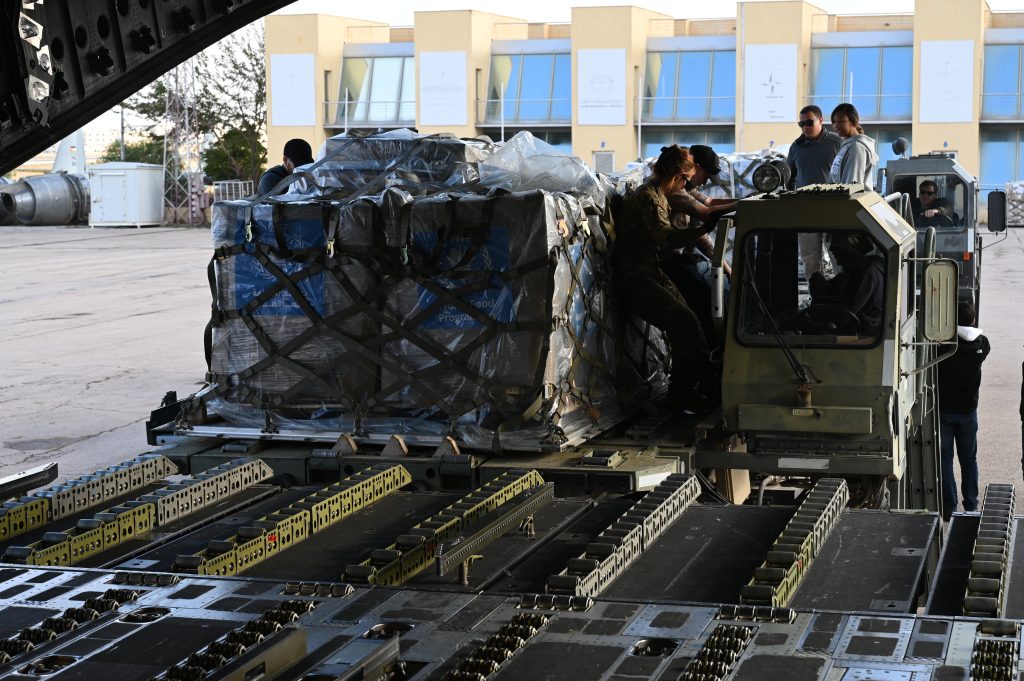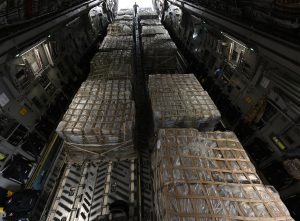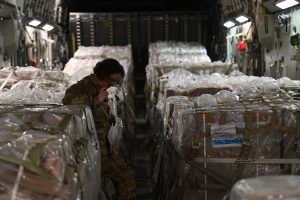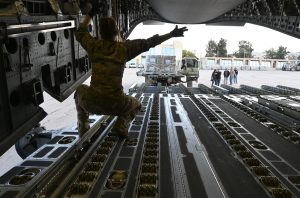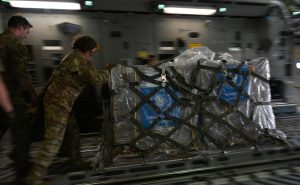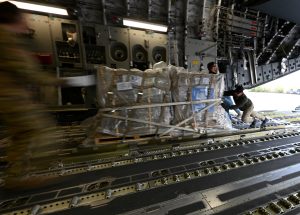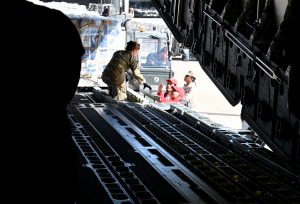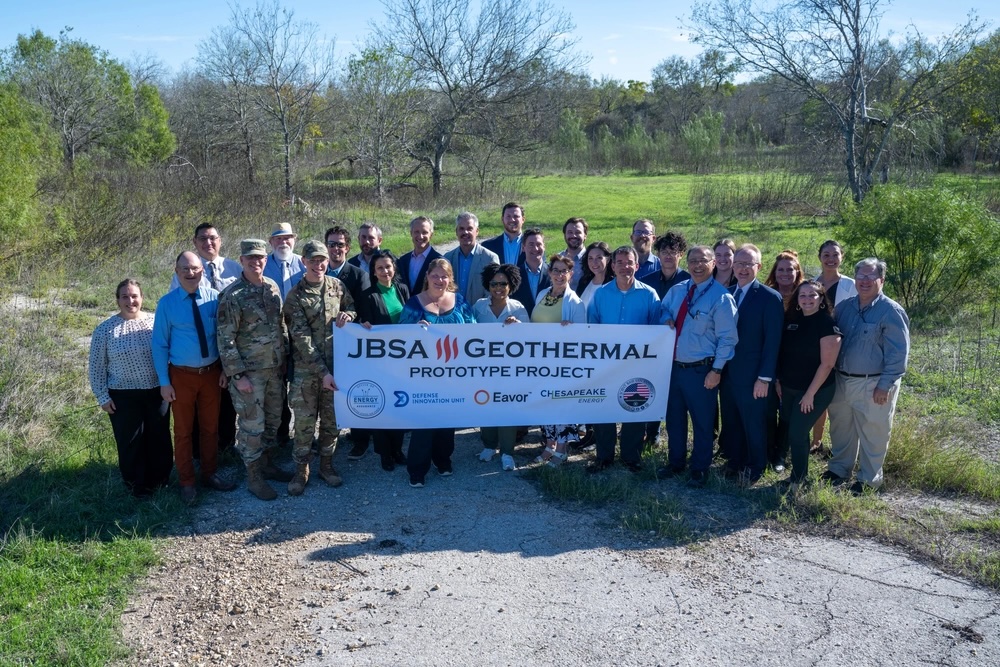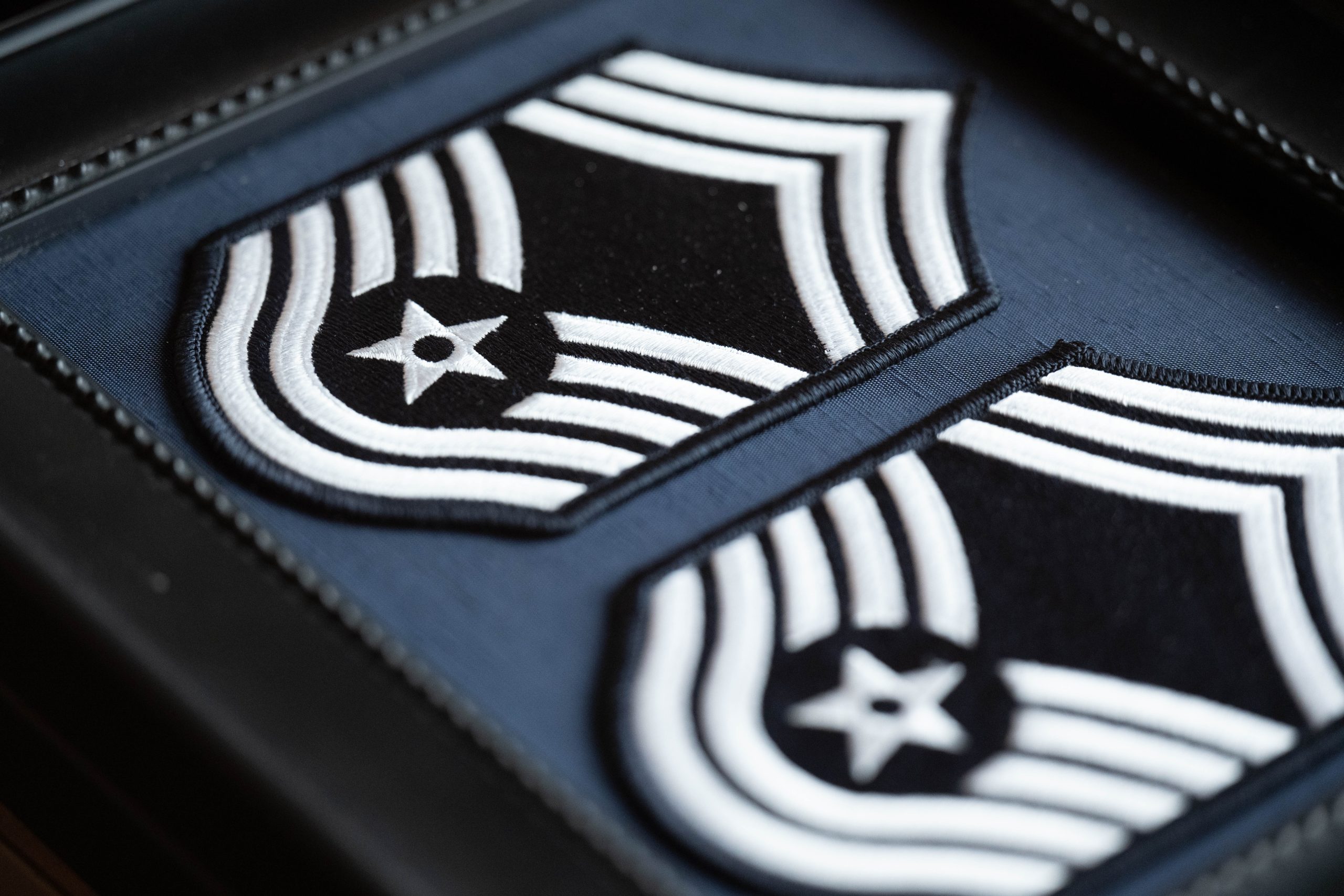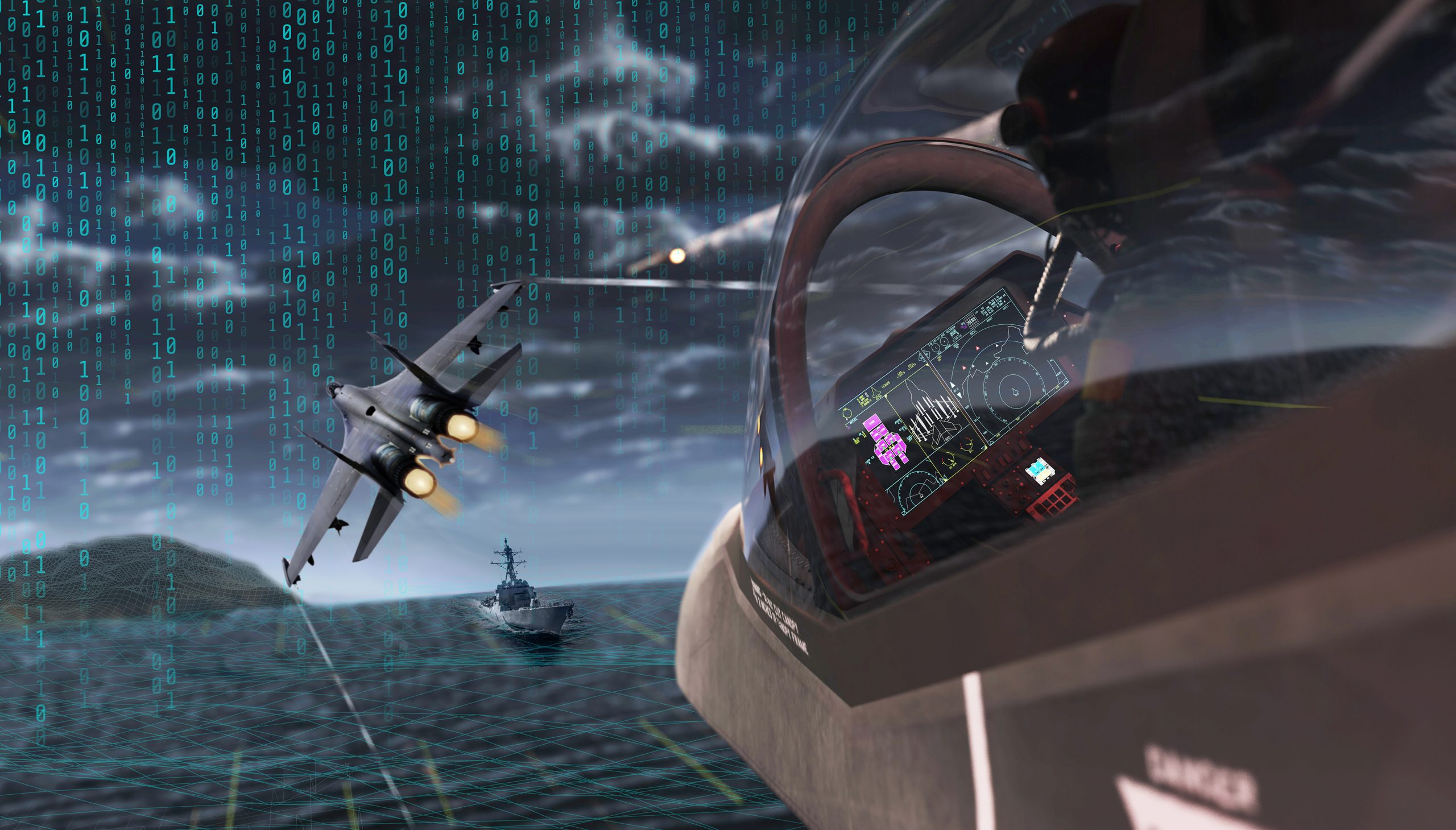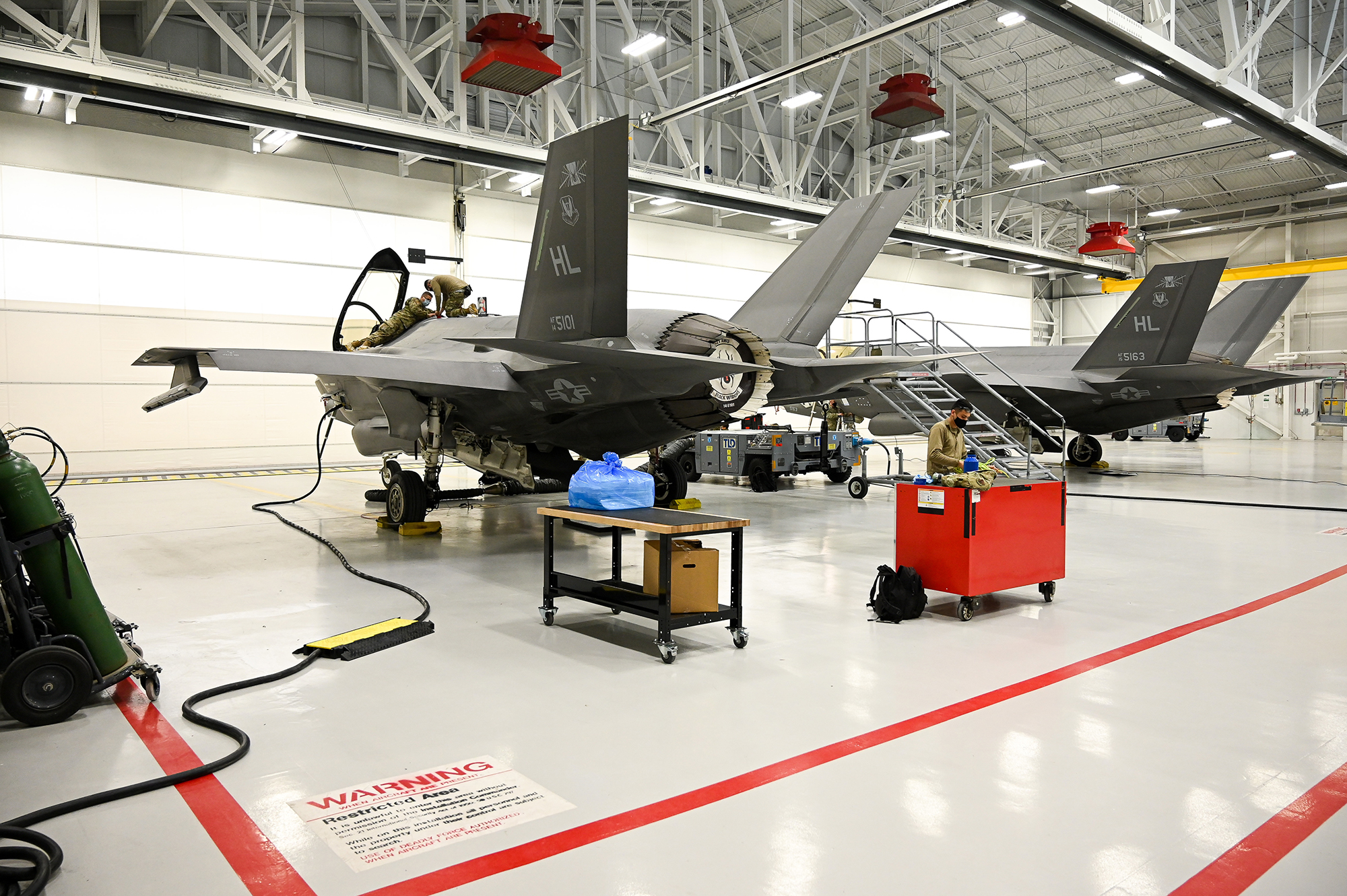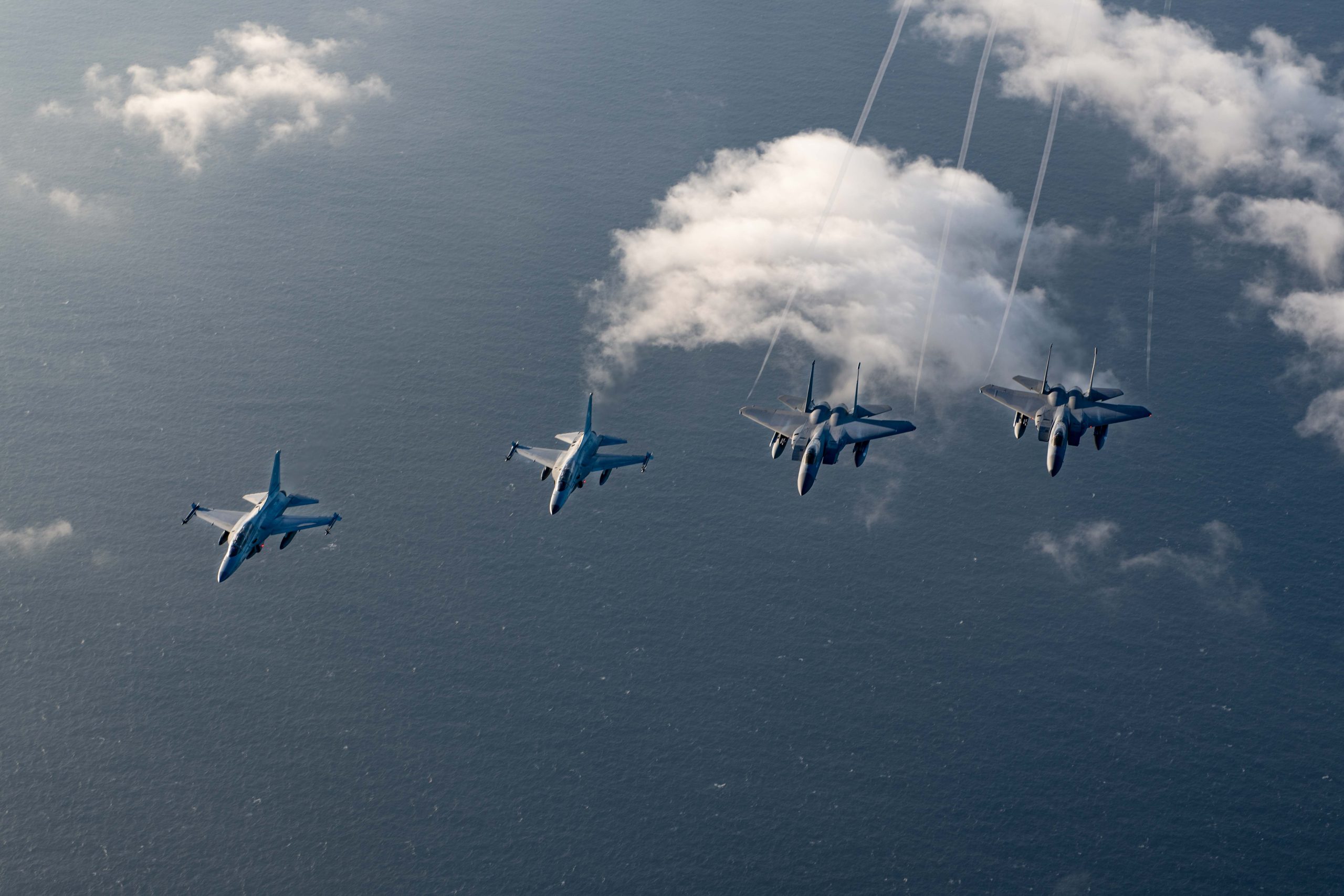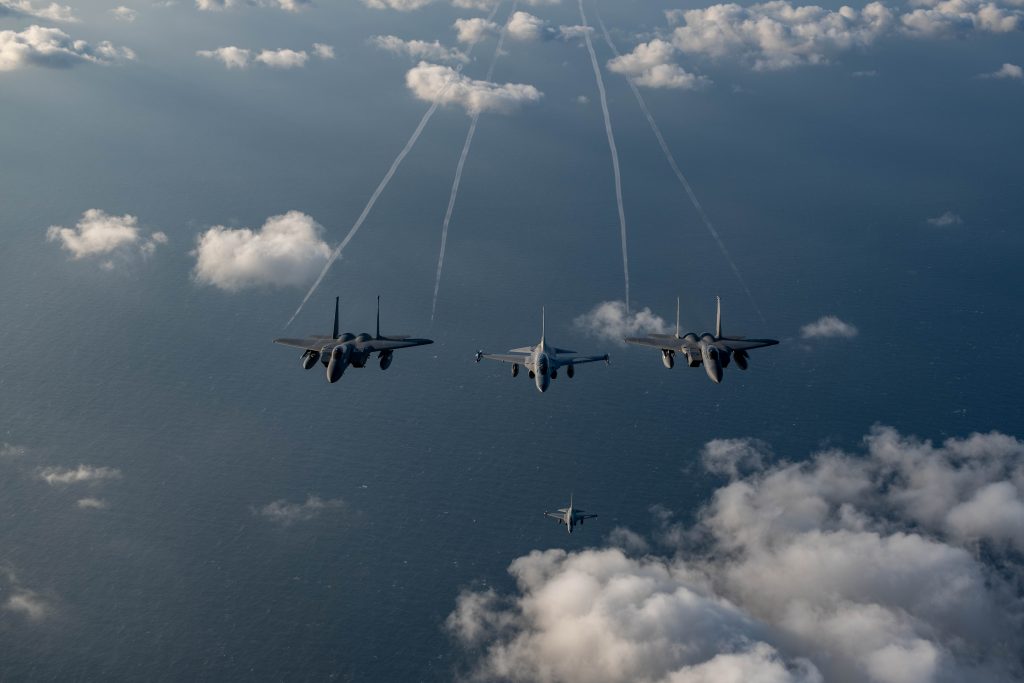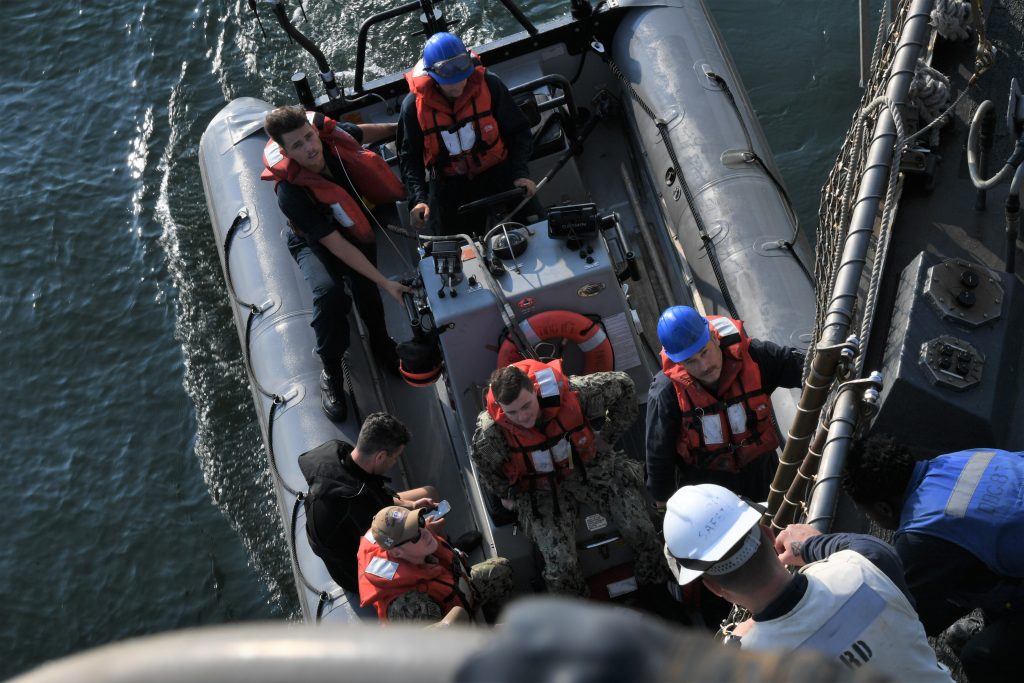The F-35 Joint Program Office has officially announced plans to issue multiple sole-source contracts to Pratt & Whitney to upgrade the fighter’s F135 engine—a widely expected move after Pentagon officials indicated they would do so earlier this year instead of developing an entirely new engine.
The JPO, in a Nov. 28 business announcement, said it plans to issue “multiple follow-on contract actions on a sole-source basis” to Raytheon Technologies Corp., parent company of Pratt & Whitney, for the F135 Engine Core Upgrade (ECU) program system’s engineering and manufacturing development (EMD).
“The anticipated contract actions will provide F135 ECU design maturation, test article manufacturing and development, test asset procurement, validation and verification activities, weapon system integration for air system capabilities, test equipment procurements, and developmental hardware procurements for the F-35A, F-35B, and the F-35C variants,” the JPO said in the announcement.
The first monies are to be awarded in the second quarter of fiscal 2024 and the contracts will run through the end of calendar 2031. The work will support all domestic and foreign operators of the F-35 fighter.
Contract amounts were redacted from documents released by the Pentagon explaining why Pratt is doing the work as sole-source.
The JPO said it put out a solicitation for other companies to compete for the work, but “no responses were received.”
GE Aerospace has been pushing for a competition with Pratt to upgrade the F-35 with one of the engines developed in the Adaptive Engine Transition Program (AETP). Pentagon leaders, however—in concert with the JPO—determined that while AETP engines were best suited to the F-35A, they would not fit the F-35B and would only fit the F-35C with difficulty. The ECU, they decided, was the lowest-cost option applicable to the greatest number of users.
Under the AETP, GE developed the XA100 and Pratt developed the XA101. Lawmakers in the House of Representatives have proposed including money in the fiscal 2024 defense appropriations bill to continue developing the XA100 as a means of applying competitive pressure on the F-35 propulsion program.
Air Force leaders and Lockheed Martin, maker of the F-35, have urged pushing ahead with propulsion upgrades to the F-35 in order to keep it ahead of adversary aircraft now in development or entering service. Air Force Secretary Frank Kendall has since said he thinks the ECU is the best move.
While the ECU adds some improvement in performance, the margin is not nearly as great as would be obtained by going with an AETP engine. GE has said the challenges of adapting AETP engines to the B and C models of the fighter are solvable.
Pratt received an Engine Enhancement Preliminary Design contract for the ECU in October 2022, and it will conclude in February 2024.
The new EMD contract requirements are to:
- Maintain overall common F135 engine and air systems compatibility to maximize long-term program efficiencies
- Improve overall F135 engine life
- Maximize commonality with the existing ground support and maintenance gear
- Maximize commonality with current F-35 depot infrastructure
- “Increase bleed air, horsepower extraction, and heat rejection that, at a minimum, can support double the current air system cooling demands”
- Improve F-35B Vertical Lift capabilities.
“Due to the nature of the F-35 program, it is critical the F135 ECU be common across the F-35A, F-35B, and F-35C variants, be partner releasable, and be available to Foreign Military Sales customers,” the JPO said.
Lt. Gen. Michael Schmidt, JPO director, certified that Pratt is the sole company capable of doing the upgrade, as the current “sole designer, developer, manufacturer, and integrator of the F135 propulsion system and related equipment.” Pratt alone “has the experience, special skills, proprietary technical documentation, software/algorithms, and technical expertise required to furnish the supplies and services.”
In the justification for the sole-source approach, Schmidt certified that the redesign of the F135’s internal components ”requires a holistic and detailed understanding of F135 mechanics and gas path dynamics. The Government does not possess the bulk of the technical data necessary to provide this understanding, and in the limited cases where the government does have relevant technical data, it lacks sufficient license rights to provide the data for competition.”
Schmidt said that in the F-35 acquisition strategy, the government did not acquire technical or data license rights to the F135 “necessary for competition.”
Adding a second source would incur “significant duplication of cost and unacceptable performance risks and schedule delays,” he said.
Jen Latka, Pratt’s vice president for the F135, said in a press statement that “we’ll complete preliminary design work on the F135 Engine Core Upgrade in December, and we are ready for the official preliminary design review, which is scheduled in January 2024.”
Latka said Pratt has 600 employees “fully dedicated” to the ECU, “and we’re on track to deliver F-35 operators the power needed to enable Block 4 capabilities and beyond starting in 2029.”
